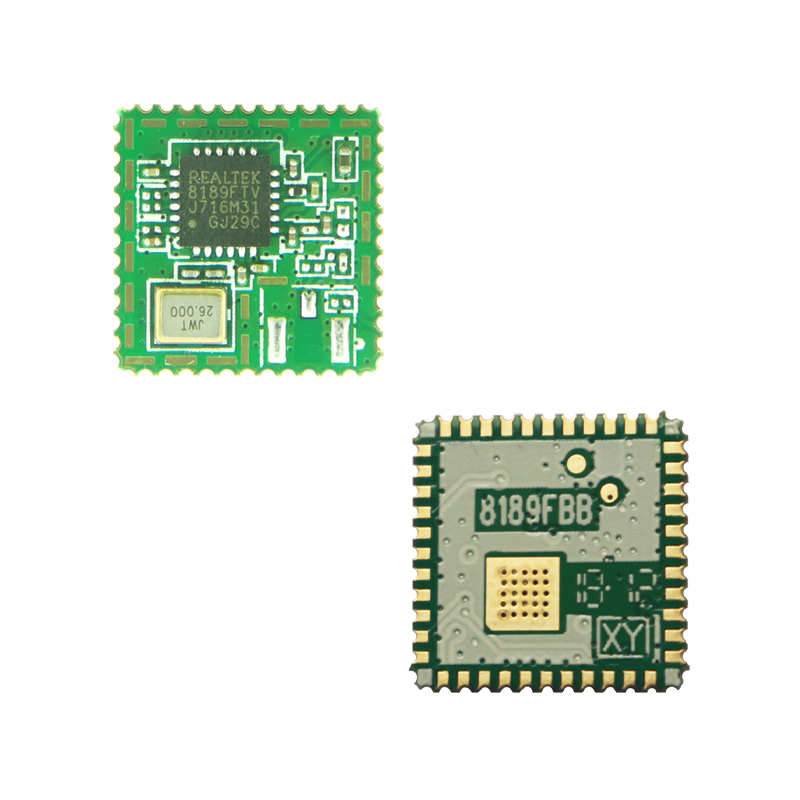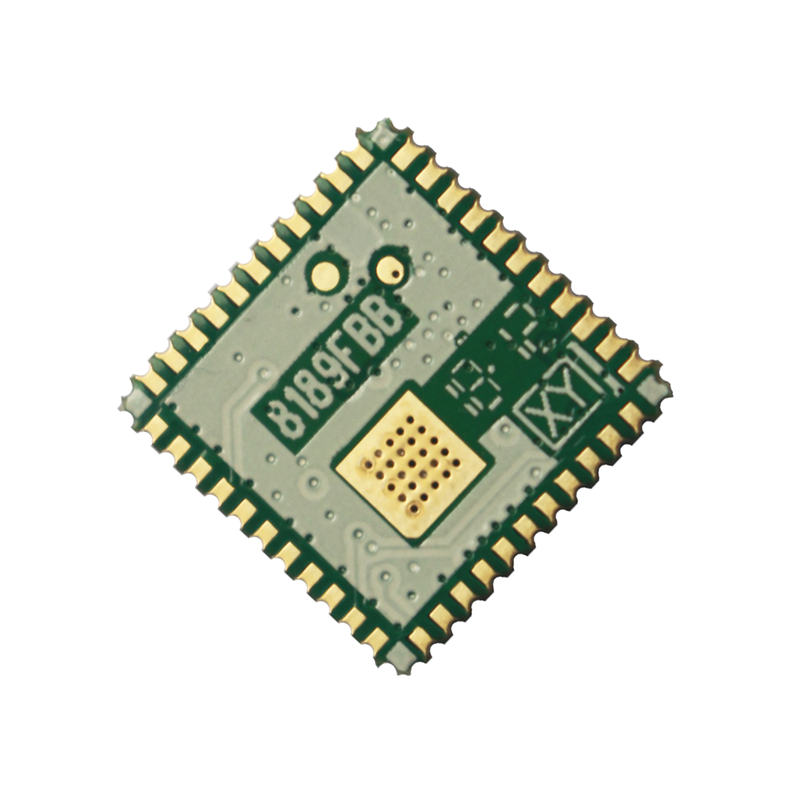WiFi modules have become an integral part of modern electronic devices, powering everything from smart home gadgets to industrial IoT systems. However, power consumption is a critical factor, especially for battery-operated devices where efficiency is paramount. As a manufacturer of advanced WiFi modules, we understand the importance of optimizing power usage without sacrificing performance. In this article, we’ll discuss typical power consumption levels of WiFi modules and explore various strategies for optimizing energy usage. You can learn more about our products by visiting Trolink IoT.

The power consumption of a WiFi module varies depending on several factors, including the operating mode, the data rate, the distance to the router, and the specific technology used (e.g., 802.11 b/g/n/ac). WiFi modules generally consume power in three primary modes:
Active Mode: This is when the module is transmitting or receiving data. During active mode, the power consumption is the highest, ranging from 100 mA to 300 mA or more depending on the module's specifications and the amount of data being transmitted.
Idle Mode: When the WiFi module is connected to a network but not actively transmitting data, it consumes less power than in active mode. Idle power consumption typically falls between 10 mA to 50 mA.
Sleep Mode: In this mode, the WiFi module remains connected but with minimal activity. Sleep mode is designed to save power, with consumption as low as 1 mA to 5 mA. This is an ideal state for devices that do not need constant data transmission but need to maintain a network connection.
Transmission Distance: The further the WiFi signal has to travel, the more power the module will consume. Devices located farther from the router or access point will require more energy to maintain a strong connection, thus increasing power usage.
Data Rate: High-speed data transmission requires more energy. A WiFi module operating at faster rates, such as 802.11ac or 802.11n, will consume more power compared to slower standards like 802.11b or 802.11g.
Operating Frequency: WiFi modules operating on the 5GHz band consume more power than those on the 2.4GHz band due to the higher data rates and increased energy requirements for maintaining the signal.
Environmental Interference: WiFi modules in environments with significant interference from other wireless devices or physical obstructions may need to boost signal strength, leading to higher power consumption.

Implement Power-Saving Modes
Most modern WiFi modules, including those from Trolink IoT, come with built-in power-saving features. These include various sleep and idle modes that can dramatically reduce power usage. When the WiFi module isn’t actively transmitting or receiving data, placing it in sleep mode can minimize energy consumption.
Optimize Transmission Power
Many WiFi modules allow developers to adjust transmission power based on the device’s proximity to the router. Lowering the transmission power when the device is close to the access point can help reduce power consumption, especially in battery-powered applications.
Use Lower Data Rates When Possible
Devices that don’t require high-speed data transmission can operate on lower data rates, reducing the power demand. This is particularly beneficial for IoT devices where small packets of data are sent intermittently.
Optimize Network Protocols
Utilizing more energy-efficient network protocols, such as Wi-Fi 6 (802.11ax), can also help reduce power consumption. Wi-Fi 6 offers significant power-saving features like Target Wake Time (TWT), which allows devices to schedule when they will wake up and communicate with the router, thus saving battery life.
Batch Data Transfers
Instead of sending data continuously, devices can batch their data and transmit it in fewer, larger packets. This reduces the amount of time the module needs to stay in active mode, conserving power.
Minimize Transmission Distance
Reducing the distance between the WiFi module and the router or access point can lower power consumption. Placing access points strategically in a building or using WiFi repeaters can help minimize the power required to maintain a connection.
Optimizing the power consumption of a WiFi module is crucial, especially for battery-powered devices that rely on energy efficiency. By leveraging sleep modes, adjusting transmission power, using efficient network protocols, and reducing transmission distance, manufacturers can significantly extend the operational life of devices.
At Trolink IoT, we design our WiFi modules with power efficiency in mind. Our modules, featuring the latest technology such as Wi-Fi 6 and Bluetooth 5.0, provide robust wireless communication while minimizing energy consumption. For more information on our WiFi module products, visit our website or contact our team for details.
By understanding and applying these principles, manufacturers can build smarter, more energy-efficient products that deliver high performance while conserving power.
 Trolink Joint With Tuya to Make Iot Benefit Every Family
Trolink Joint With Tuya to Make Iot Benefit Every Family
 5 Key Indicators for WiFi Module Selection You Have to Know !
5 Key Indicators for WiFi Module Selection You Have to Know !
 IOT module is the brain of smart products
IOT module is the brain of smart products
 What is the signal coverage range of the WiFi module chip?
What is the signal coverage range of the WiFi module chip?